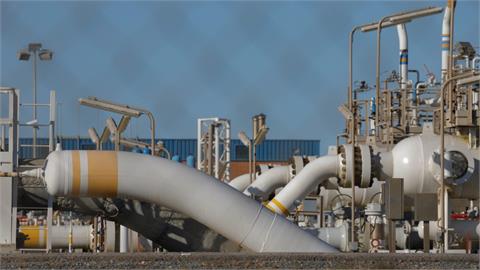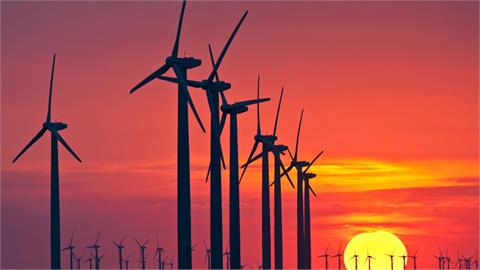Global energy demand grew by two percent in 2017 after two years of low growth, according to a report released by the International Energy Agency on Friday.
"An increase in energy-using activities across many countries, regions and sectors outweighed ongoing progress in energy efficiency," the IEA said in its Energy Efficiency 2018 report. According to the report, global energy intensity - the energy used per unit of gross domestic product - fell by 1.7 percent in 2017, the smallest annual improvement this decade. It had fallen by 1.8 percent in 2016.
"However, demand would be much higher if not for progress on energy efficiency," the agency noted.
According to the report, since 2000, improvements in energy efficiency in the world’s major economies offset more than one-third of the increase in energy-using activities.
Most of these savings were achieved in the industry and buildings sectors. Globally, efficiency gains since 2000 prevented 12 percent more energy use in 2017, it said.
-More investment needed in energy efficiency
Across all sectors, energy efficiency investment grew by just 3 percent to $236 billion in 2017, according to the report. Spending grew in Europe, the largest investor, but fell slightly in China and the U.S. Globally, investment growth slowed in all sectors. The buildings sector remained the largest recipient, accounting for nearly 60 percent of total efficiency investment, a similar share as in 2016.
"To build confidence and capacity to encourage wider investment, policies are needed that support alternative finance mechanisms and business models such as energy service companies (ESCOs), green banks and green bonds," the IEA said.
According to the report, current rates of progress in implementing energy efficiency policies will not be sufficient to realize the potential benefits presented by the Efficient World Scenario (EWS), which shows what would result if all available energy efficiency measures were implemented between now and 2040.
The EWS shows that energy efficiency could deliver significant economic, social and environmental benefits, but only if governments take greater policy action. The EWS shows that high levels of efficiency in many areas has been reached, but also acknowledges that ramp-up and stock replacement takes time.
"However, the scale up in policy action must start immediately and there are good examples of policies in all end-use sectors that can form the basis for greater action," it said.
-Transport has highest energy savings potential
According to the report, transport is the sector with the largest global energy savings potential, but it has made the least efficiency progress since 2000 compared with buildings and industry.
Energy efficiency improvements since 2000 saved almost 5 exajoules (EJ) of additional energy use in 2017, equivalent to the energy used by nearly 120 million cars. To compare, the buildings sector saved 14 EJ of additional energy use over the same period.
The key actions to realize this savings potential are improving vehicle fuel efficiency and increasing the adoption of electric vehicles (EVs), the agency said. "Fuel efficiency standards are the central policy that has enabled transport efficiency gains to date. Without them, road transport would be using an additional 1.2 million barrels of oil per day (mb/d). However, another 2.2 mb/d would be saved if all standards were as good as the best in class," it added.
According to the report, passenger transport energy use increased by 38 percent between 2000 and 2017. This surge was driven by a rise in activity (passenger kilometers), particularly in emerging economies; by changing transport modes, specifically lower vehicle occupancy; and by an increasing share of larger cars, which pushed up energy use by 19 percent.



